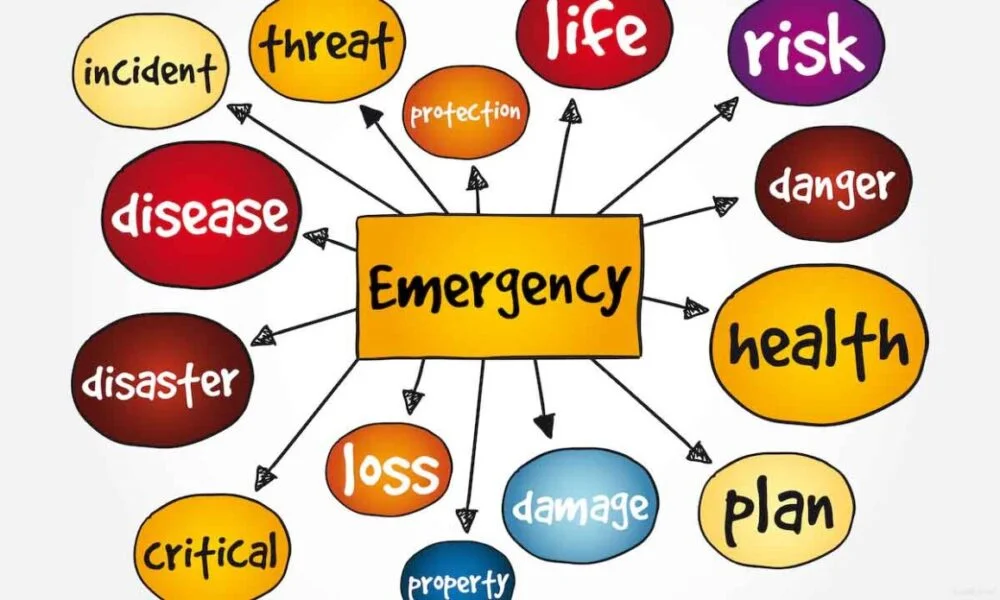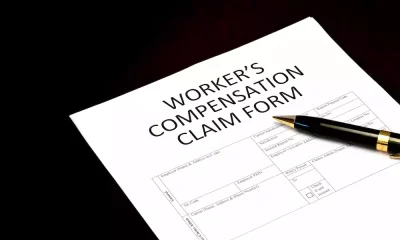Management
Top 10 Tips for Safety in the Workplace

Has your workplace experienced some unfortunate injuries lately? Every workplace has its unique set of hazards, whether your employees work in an office or a workplace like a construction zone.
For your business brand, your employees must be safe, and as such, they will need initial training and regular refresher courses on workplace health and safety. Prevention is the way to go, to earn and retain a respectable reputation for putting your staff before profit. Paying workers’ compensation and losing good workers to injuries can significantly impact your company’s success.
So how can you better ensure employee safety in the workplace? In this business blog are a few tips to keep your staff safe, including:
- Improving lifting heavy objects technique
- Health and safety onboarding and refresher courses
- Invest in new and replace worn safety gear
1. Pinpoint Possible Hazards
There’s no way you can possibly ensure safety in the workplace if you don’t know what the possible hazards are first. Engage a safety expert to objectively review your workplace and worker tasks to present where protocols for managing safety are needed.
You can also make a difference by analyzing workplace conditions. Do you see any wet or oily spots on the floor? How about potentially dangerous equipment? You won’t need a safety expert to tell you the prominent areas that need danger signs and caution when in use.
Your safety expert will list potential hazards and ways the risk can be reduced. For example, fire hazards can pose a problem in specific workplaces. Ensuring your staff knows the correct procedures to follow and where the exits are is essential. It is also necessary that your fire doors are fully operational and in good condition.
2. Train Employees Properly
Once you’ve decided on the proper safety protocol, you must train all your employees. And make sure your training process is thorough.
Many employers use online health and safety training, including basic first aid instruction. However, you may need to also provide in-person instruction, so employees understand the job’s hazards and safety protocol.
HR Health and Safety Policies and Manuals
Your human resources team should be tasked with creating an online safety manual. Plus, your business needs policies for health and safety in the workplace.
Warning Notices
Signs reviewing some important safety protocols should be prevalent and located in highly visible areas where accidents can happen to avoid potential hazards.
3. Schedule Safety Refresher Courses
While signs and take-home safety manuals may help some people remember their training, they aren’t an effective way to ensure that the entire training course is retained.
Regular safety refresher courses are a great way to remind employees about safety in workplace protocols. You may do these annually and include extra courses when preventable injuries happen at work.
4. Require the Proper Safety Gear
Many employees, such as construction workers, scientists, hospital workers, and welders, require job-specific safety gear.
Research whether or not your employees need gear like hard hats, steel-toed boots, safety goggles, or gloves. If they do, all employees must wear this special gear when required.
You may even opt to provide your employees with the proper gear to ensure high quality and to avoid potential dilemmas if employees can’t afford their own equipment.
5. Make Sure Equipment is Used Correctly
Using heavy machinery always has some risks involved. Machines can malfunction or be misused, leading to potentially fatal injuries.
To help ensure safety in the workplace, make sure your employees know how to use the machines properly. Train your employees on how to use complicated machines or require that they get certified if necessary.
6. Replace Faulty Equipment
If your equipment is faulty, it won’t matter how careful your employee was. Malfunctioning machinery or equipment can cause severe injuries even to the safest worker.
Regularly checking your equipment can help boost safety in the workplace. Purchasing new machinery when you notice your old machines are starting to decline is the best way to get ahead of the game and prevent injuries before they happen.
7. Prevent Spills
A little bit of water on the floor may not seem dangerous. However, slips and trips are the second most common type of nonfatal workplace injuries. They are also a widespread cause of injury in office settings.
To prevent slips, identify anything that can cause water to accumulate, such as leaking pipes or a lack of doormats to absorb water on rainy days. Then, take the necessary precautions to solve the source of the leak.
However, sometimes spills can be unpreventable. Ensure you have plenty of wet floor signs, and instruct your employees to put them out when they notice wet or oily spots on the floor. Have a plan to clean spills up quickly to prevent falls and slips.
8. Know How to Lift
Lifting heavy equipment can be very strenuous and could potentially cause back problems.
If your employees have to do the heavy lifting as part of their job, train them on how to lift correctly – with the legs, not the back.
You may also purchase machinery to help with heavy lifting or implement policies requiring several employees to lift objects over a certain weight.
9. Have Clear Emergency Exits
If an emergency, such as a fire, does occur, you’ll want to know that your employees have a quick and safe way out.
This is why you should have designated emergency exits that are clearly marked. Keep all clutter away from the exits, so your employees will have a clear path if an emergency strikes.
10. Reduce Employee Stress
You may not think of employee stress as a safety in the workplace concern. But, employee stress can lead to higher healthcare costs, more medical problems, and a higher risk of accidents at work.
To avoid this, you’ll want to help keep your employees relaxed yet focused. You can do a few things to reduce employee stress, such as setting clear expectations and encouraging employees to take daily breaks.
How to Ensure Safety in the Workplace
Safety in the workplace can be a massive concern for all employers. While offices may seem safe, injuries and accidents can still occur.
It’s your job as an employer to provide your employees with a safe workplace and the tools to increase their personal safety while on the job.
Did you enjoy this article? Scroll down for a list of relevant tags and our ‘you may like’ section with more business blog articles on the same topic.









